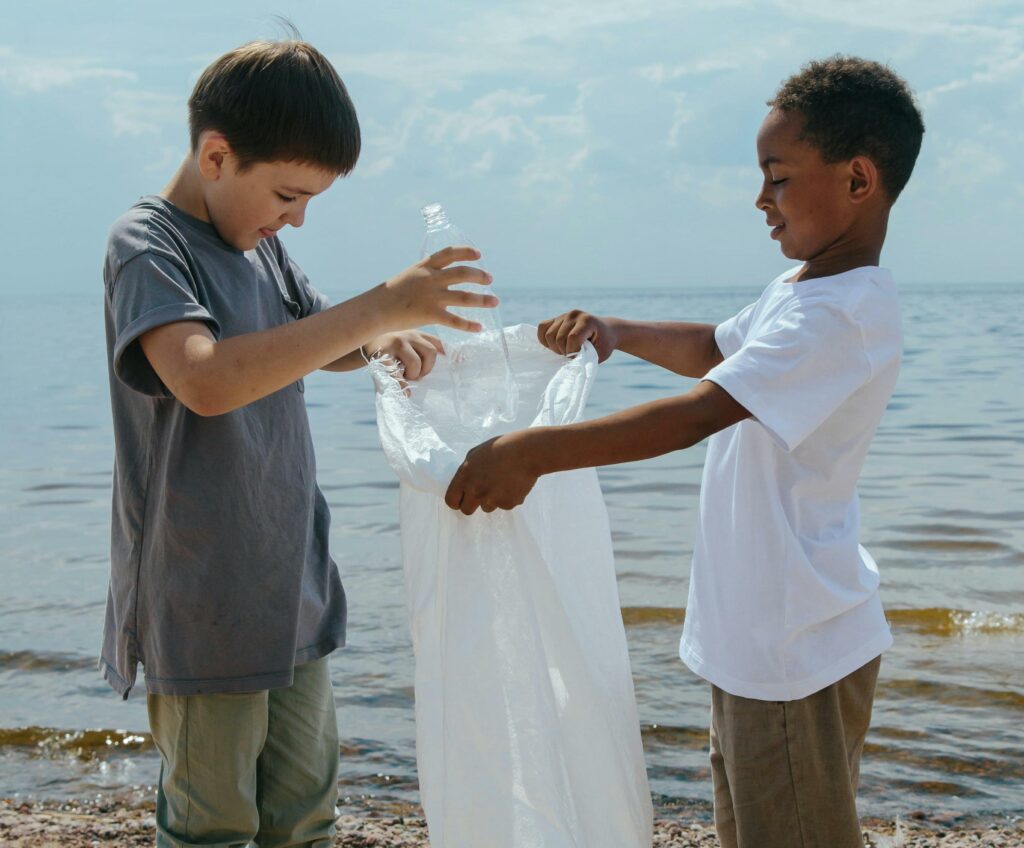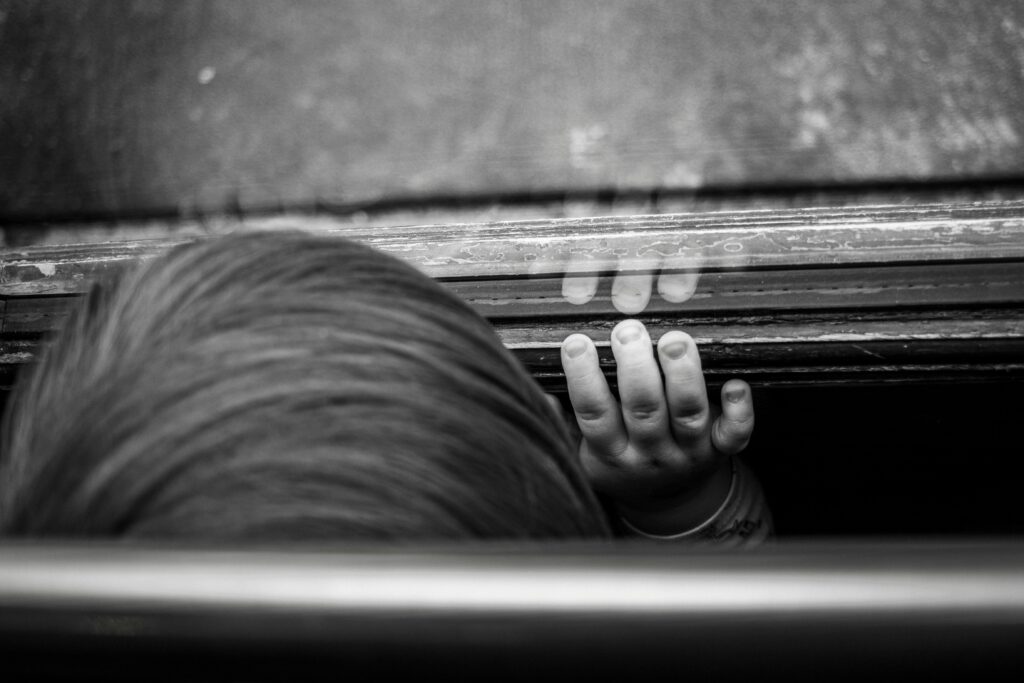We announced earlier this month that we supported kids returning to school. In today’s blog, we’re diving more into the negative impacts of remote learning.
Growing evidence is showing that schools, especially elementary and middle schools, are not high-risk conditions for significant spread with the appropriate mitigation strategies in place. However, remote learning is having many negative impacts on children and increases the educational disparities for lower socioeconomic students and communities of color.
Individual families may still weigh the risks differently based on their own health risk. But, for most students and their families, we support a return to school. We encourage you to advocate for your school district to return to in-person learning.
Low Risk of COVID Transmission at School
Kids are at a lower risk of COVID infection, severe COVID disease, and are also less likely to spread it than adults. With proper mitigation strategies—social distancing, class cohorts, good hygiene, and mask wearing—students, teachers and staff reduce their risk of COVID-19 infection and spread.
The likelihood of young kids getting infected by COVID or bringing that infection home and giving it to their family is relatively low. Children in school appear more likely to get infected with COVID-19 in their communities than they are to get it in school.
Academic Impact on Students
Recent research has found that students are falling behind where they should be. This may come as no surprise to you if you’re a parent who has been supporting your child through online learning. It’s difficult for schools and teachers to replicate the in-person support and personalized attention and encouragement that kids normally receive when attending in school.
Achievement gaps are also widening further for students with lower socioeconomic status who may have already had learning gaps. These students are often unable to log on for online learning due to a lack of internet, computer access, or support from parents or guardians who are likely still working outside the home. They also have higher truancy rates and are at a higher risk of dropping out of school.
Impact on Kids’ Mental Health
COVID-19 and remote learning are having a toll on kids’ mental health. This has caused an increase in the number of kids suffering from anxiety, depression, eating disorders, and has increased the number of suicides and suicide attempts. Children are facing disruptions to their daily life, loneliness, worries about contracting the virus, anxiety about their family’s income or job security, and uncertainty about their own future.
Students from communities of color and low-income households also typically have less access to mental health providers and rely on schools for mental health services. Without those interventions, it compounds the risk and long-term impact on kids’ mental health.
Access to School Services and Support
In addition to limiting access to mental health services, remote learning also has disrupted kid’s access to vital services that schools provide. Children with special needs have had their therapies and educational support stopped or reduced.
Students who receive free and reduced lunch also rely on the meals provided at school. While many school districts have adapted to providing school lunches at designated pick up locations, this can still pose a challenge for families with limited transportation.
Physical Health and Fitness
With the closing of schools and cancelling of team sports due to COVID, kids of all ages are exercising less. By staying at home, they are missing out on recess, gym class, and after-school physical activities and sports. Even missing out on walking around between classes has negatively impacted overall activity levels. That lack of activity plus more snacking at home has led to weight gain and higher obesity rates. This could have lasting impacts on kids’ health.
Interventions for Abused or At-Risk Kids
With in-school learning, kids spend a significant amount of time with school staff and teachers. School staff are often the first people to notice when something is wrong. Each year, they detect a significant number of child abuse cases.
Families are under tremendous stress from school closures, COVID, and balancing work or job losses. This creates an increased safety risk for domestic and child abuse.
With remote learning, students lack a safe place to report abuse. School staff also are less likely to be able to identify abuse or neglect.
Social Development
School usually provides children with many opportunities for one-on-one interactions with teachers and peers to develop fundamental social emotional skills. They learn through experience how to empathize, how to work together, and how to work out differences.
Children learning at home are missing out on opportunities to practice these skills and may face social delays without them.
An in-person environment also gives kids a sense of belonging and community. The relationships they build at school also can academically motivate students and keep them engaged and excited about their future.
Contact Us
If you are unsure if your child should be returning to school or have concerns about your child’s health risk, please reach out to your provider at Pediatrics West. Contact us via message on MyChart or by calling us at (720) 284-3700.


